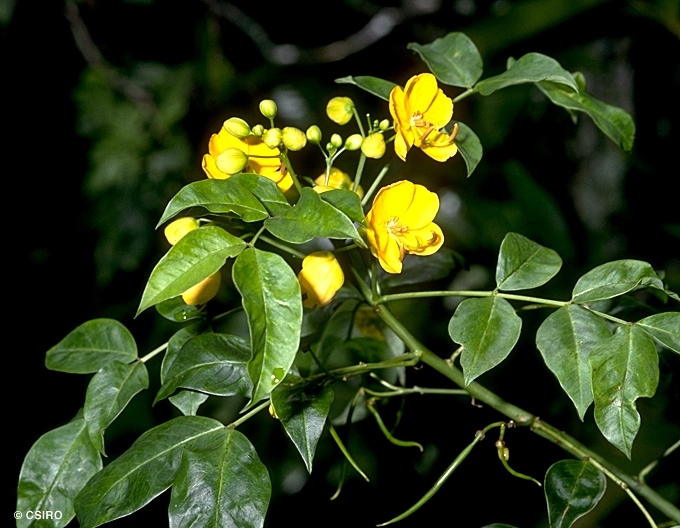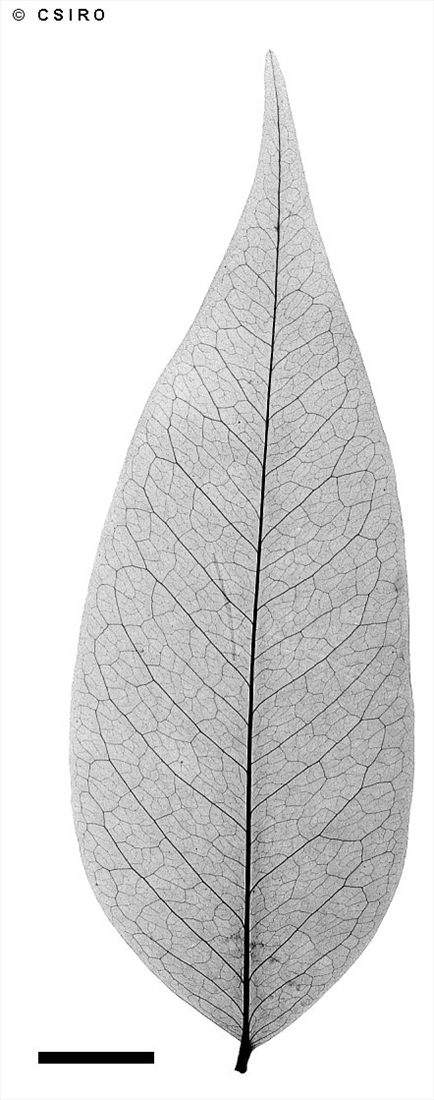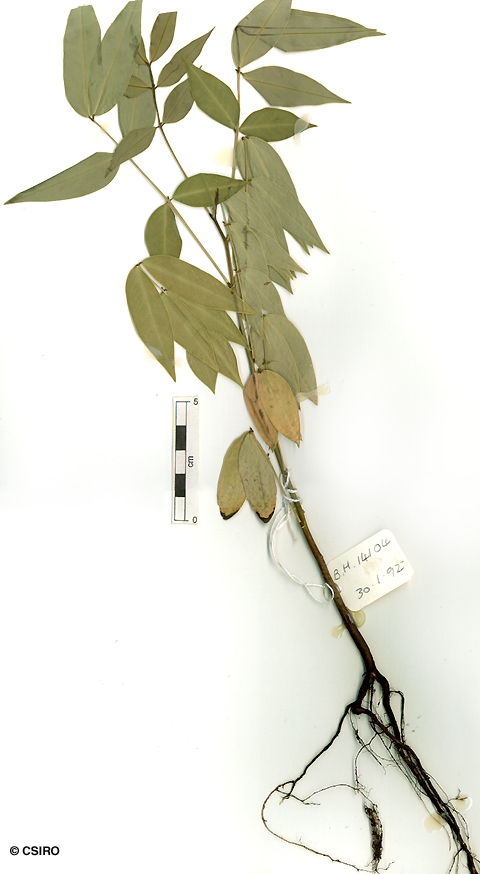Australian Tropical Rainforest Plants - Online edition
Senna septemtrionalis (Viv.) H.S.Irwin & Barneby




Irwin, H.S. & Barneby, R.C. (1982) Memoirs of the New York Botanical Garden 35(2): 360.
Showy Cassia; Smooth Cassia; Cassia, Smooth; Smooth Senna; Cassia, Showy; Arsenic Bush
Usually flowers and fruits as a shrub 1-2 m tall but can grow to 4 m tall.
Stipules linear, about 7-10 mm long, glabrous, venation not obvious. Leaflet blades about 50-100 x 20-30 mm, the terminal pair the largest. About eight leaflets per leaf. All vegetative parts +/- glabrous. Compound leaf rhachis and petiole grooved on the upper surface. Cylindrical glands present on the upper surface of the compound leaf rhachis between most pairs of leaflets.
Pods glabrous, about 7-8 x 1.5 cm. Seeds about 5 x 3 mm, shiny olive-green in colour, cotyledons green, radicle yellowish.
Cotyledons about 16 x 13 mm. First pair of leaves pinnate, each leaf with four leaflets. At the tenth leaf stage: leaf pinnate with about four leaflets. Leaflet blades lanceolate, 20-30 x 7-11 mm. Stipules linear, about 2-3 mm long. A conspicuous cylindrical or subulate gland present on the upper surface of the compound leaf rhachis between each pair of leaflets.
An introduced species naturalised in NEQ, CEQ, south-eastern Queensland, north-eastern and south-eastern New South Wales and southwards to Victoria. Reported to be of hybrid origin from S. septentrionalis (Viv.) Irwin & Barneby and S. multiglandulosa (Jacq.) Irwin & Barneby where these species grow sympatrically in Mexico. In Australia this species grows like any other weedy species of Senna and shows little morphological variation. Altitudinal range in NEQ from 700-1100 m. Usually grows as a weed of agricultural land but also found along roads through rain forest and other disturbed areas.
This is an unpalatable species which has been suspected of toxicity but not confirmed; it is not toxic to rats in laboratory tests. Hacker (1990).





